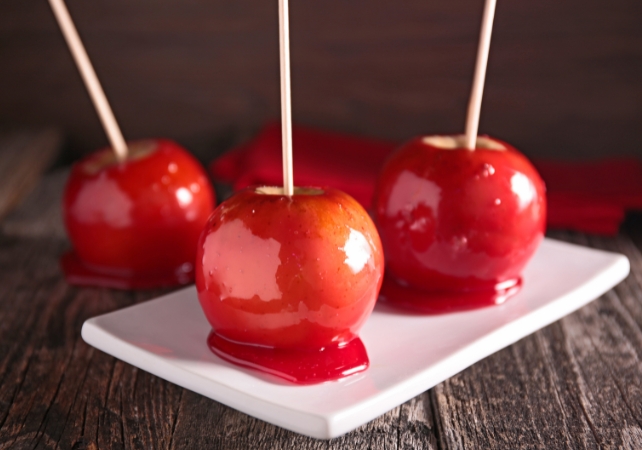WASHINGTON — Collins Aerospace, a company awarded by NASA to develop new spacesuit technology, has successfully finished a series of tests for the new design in a microgravity environment on board an aircraft.
The company, which won an Exploration Extravehicular Activity Services (xEVAS) contract from NASA in 2022, reported last week that it has completed tests known as the Crew Capability Assessment. These tests assessed the ability of a person wearing the suit to perform tasks similar to those of an astronaut conducting a spacewalk outside the International Space Station.
The assessments were conducted on an aircraft flying parabolic arcs, which allowed for 15 to 25 seconds of microgravity at a time. Danny Olivas, a former NASA astronaut and now chief test astronaut at Collins, mentioned that they broke down specific activities into fundamental aspects that could be accomplished within the limited time available.
These tasks included entering and exiting an airlock hatch, attaching the suit’s boots to a foot restraint, and manipulating connectors. “What we were looking for was to verify the design that we had put forward,” Olivas explained. “That design solution does indeed allow for full range of motion through the work envelope that the suit is being built towards.”
Initially planning for two days of flights to complete about 20 test objectives, Collins managed to accomplish all the tasks in one day. The second day was utilized for additional engineering evaluations on the suit.
The company is developing a suit to replace the decades-old Extravehicular Mobility Unit (EMU) spacesuits currently in use on the ISS. Collins aims to create a suit that is less bulky than the EMU and can accommodate a wider range of body types.
Olivas, who performed five spacewalks during two shuttle missions at NASA, stated, “My honest opinion is that it is a far more capable suit.” He highlighted the shoulder joint redesign that allows a greater range of motion compared to the existing EMU, particularly for smaller individuals.
The company will proceed with a round of tests in the Neutral Buoyancy Lab (NBL) for longer simulations of spacewalk tasks to confirm the suit’s capabilities compared to the EMU during ISS spacewalks.
While the primary purpose of the suit is to replace the EMU suit on the ISS, Collins is also exploring other potential applications, such as on future commercial space stations post the ISS. Olivas mentioned that discussions have been held with companies involved in NASA’s Commercial Low Earth Orbit Destinations program, which supports development of these commercial stations.
Collins is also considering the potential use of the suit for spacewalks at the lunar Gateway and even on the lunar surface. Although Axiom Space is tasked with developing a lunar spacesuit, Collins has “crossover” task orders from NASA to study the use of its suit on the ISS and for Artemis missions.
Olivas added that the current suit design is 90% to 95% adaptable for use on the lunar surface. “We also have to be thinking about if we take the suit that works great in micro G, let’s plunk it on the moon; now what does that mean?” he said. “We don’t want to design ourselves into a box of only the micro G environment. We really want to look at all of human exploration for the foreseeable future.”














